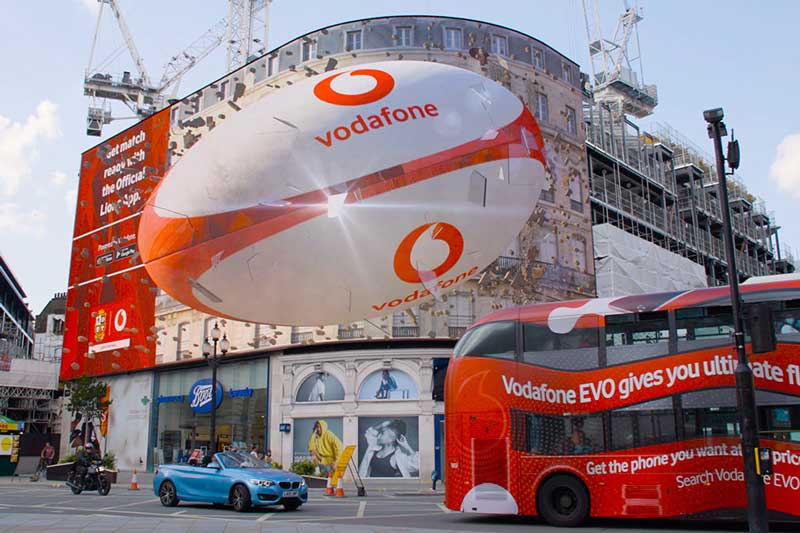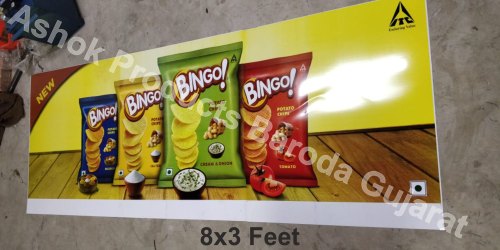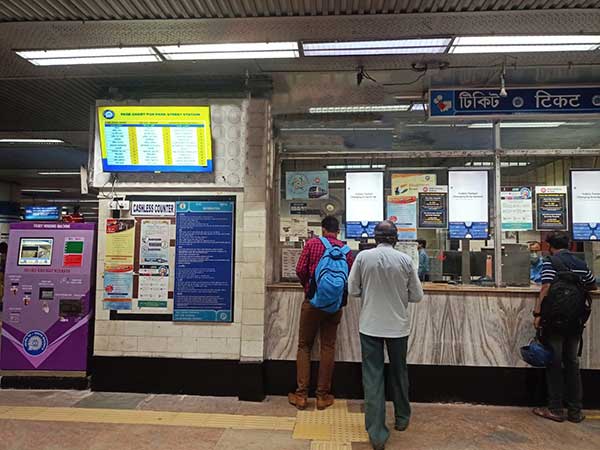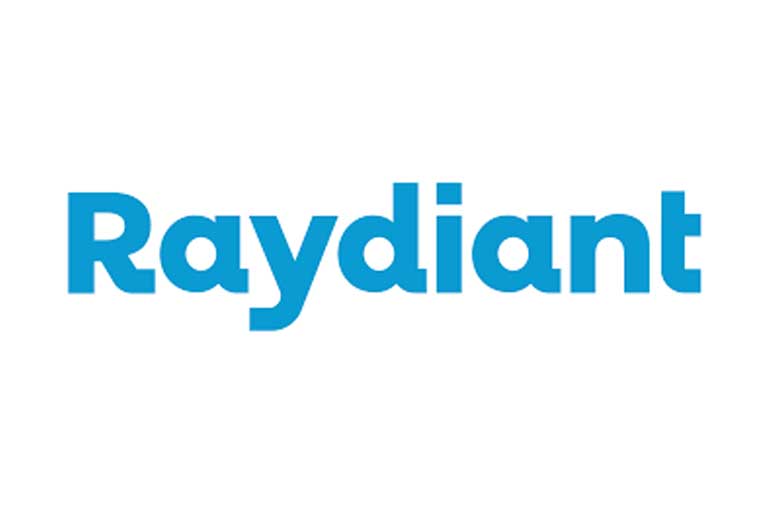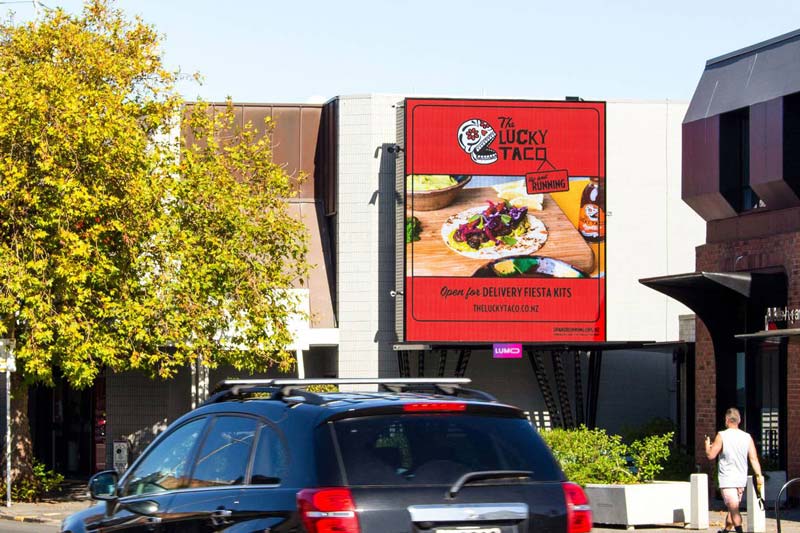Creating impactful advertising campaigns is driving digital innovation to new heights, especially in the out-of-home (OOH) advertising arena. Billboards comprise an enormous part of the advertising market, and over the years we’ve seen a shift from traditional billboards that were painstakingly hand-painted to digital billboards that not only offered a vivid and engaging format but were also cost-effective.
The digital billboard took another massive leap with the integration of cameras and sensors that would glean who is viewing electronic outdoor displays and help tailor commercial messages. An example is the Piccadilly Circus billboard in London that used recognition technology and real-time factors such as the weather to display targeted ads.
While the billboard advertising form will continue to shift and change, it is certain the billboards are here to stay and will continue to progress rapidly with the help of futuristic technology, the most recent breakthrough being 3D billboards.
What are 3D Digital Billboards? 3D digital billboards are digital 2D screens that use 3D technology to impart one-of-a-kind 3D imagery. It uses forced perspective (which creates the illusion of depth) by manipulating the scale and size of images based on the viewers’ vantage point through a single display or multiple displays arranged into a box-like form. Forced perspective is a 2-part process that starts with building the environment and ends with creative execution.
The Dominance of 3D Billboards: Hyper-realistic 3D billboards have been spotted in the streets of Japan, China, South Korea, the United States, and the United Kingdom, blurring the lines between technology and reality. The billboards, viewed without the help of 3D glasses, incredible 3D visuals from roaring lions and leaping deer to crashing waves and trains running through a building jump right off the digital billboards, giving a sense of heightened reality that is hard to shrug off easily. Companies are partnering with the best creative agencies to shock their audience, and there have been some incredible campaigns that have stunned passersby that are worth mentioning.
Balenciaga and Fortnite: Highlighting their collaboration, Spanish luxury fashion houses Balenciaga and Fortnite brought a spectacular 3D billboard experience to the streets of New York, London, Seoul, and Tokyo. With the help of physically-based lighting materials and real-time ray tracing, the ad showcased the Fortnite character Doggo clothed in the brand’s apparel and gave the impression that he was lounging around in that location.
Vodafone: Vodafone used the 3D format at Piccadilly Lights to showcase its sponsorship of the British and Irish Lions. The creative featured a giant rugby ball that jumped out from the giant screen. The brand’s aim to create awareness and talkability around the Lions sponsorship was achieved as it became highly shareable online.
Glenfiddich: The Scottish single malt whisky brand stopped onlookers with a film that was part of the ‘Where Next’ campaign. Towards the end of the film, the brand’s recognizable stag in its natural Highland habitat was brought to life as it appeared to leap right out of the billboard. And, brands like Amazon and Netflix also took to 3D digital billboards to advertise new movie releases.
To advertise the launch of the blockbuster movie Army of the Dead, a lifelike VFX zombie tiger called Valentine was seen roaming around post-apocalyptic Las Vegas, stopping passersby in their tracks with its roaring.
Amazon’s promotion of “The wheel of time” used an anamorphic billboard where Rosamund Pike, the lead actor, is at the centre of the live-action 3D illusion.
Benefits of Advertising on 3D Digital Billboards
If executed in the right way, by this we mean it’s not just a one-off thing but a part of a more integrated outdoor campaign, these advertising on 3D digital billboards can offer you a good return on investment. Advertisers should not use the technology if their main objective is achieved because the investment in content production could quickly outweigh the media spend.
Here are 7 amazing benefits:
1. Increases retention rate: Due to the larger than life imagery, people visualize the message more clearly while improving the retention rate.
2. Social media asset: 3D content is highly shareable as it creates enough “wow” factor to get people to whip out their phones and share it online.
3. Gets widely shared: Social media is a powerful tool with a wide reach. With effective 3D visuals, it will undoubtedly spread to a wider audience.
4. Excellent for building brand awareness
5. Brings instant awareness
6. Creates a pause and refresh moment in the lives of the public
7. Message deliverability is easier with 3D advertisements
To conclude, the new-age 3D digital billboards are a pioneering concept that has changed the way people engage with OOH advertising. Offering a visual experience that lasts much longer than the ad play, advertisers are invested in using the 3D digital billboard space to push the limits of creativity to create memorable immersive experiences. Although it’s yet to be seen in India, it is becoming a worldwide trend that is pushing OOH advertising creativity to new heights.
(By Lily Shanker, Editor of TourGenie (SIBIN Group) and Assistant Editor at MEX Exhibitions Pvt. Ltd.




